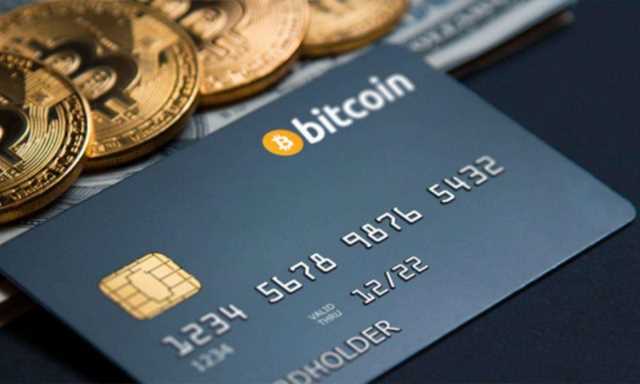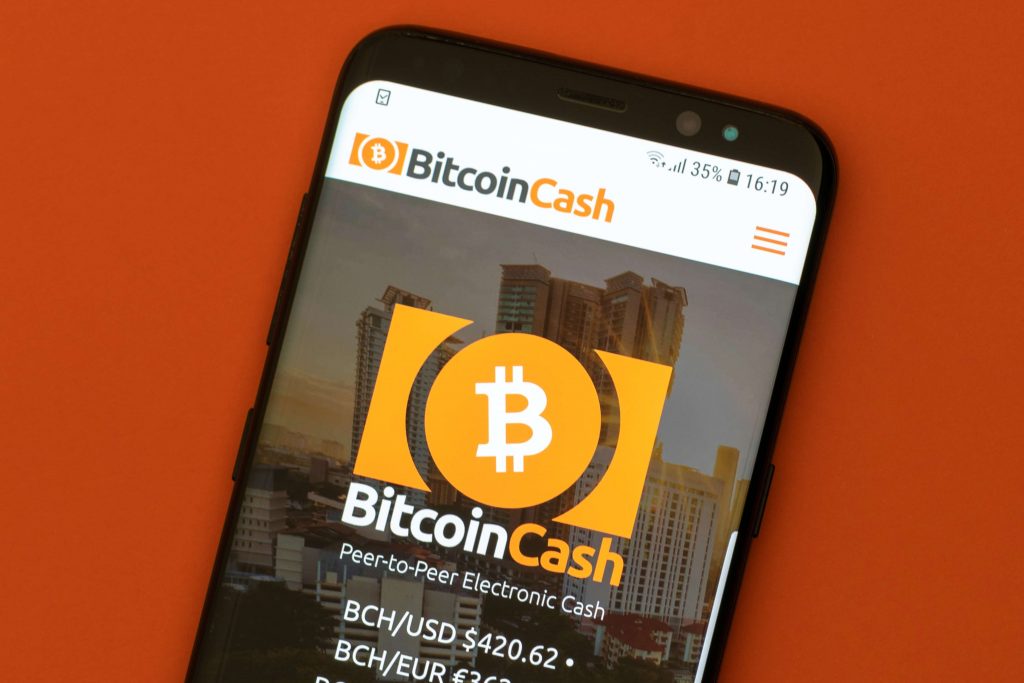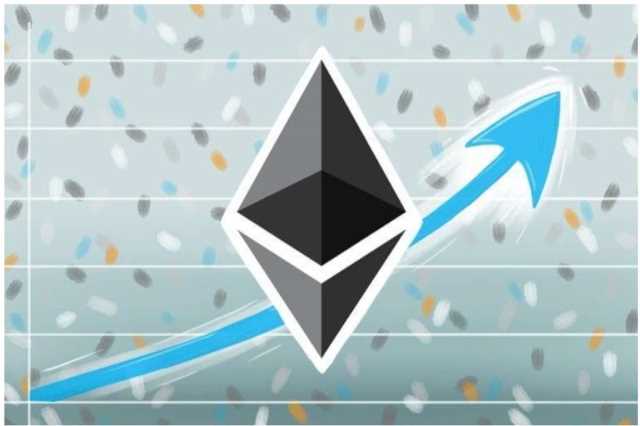
Many projects have hard forked but kept their original names and tokens, with other groups deciding to stay with the original code and change the name. A soft fork is easier than a hard fork, as only small changes are made to the blockchain. A soft fork is known as “backward-compatible” because while old bitcoin hard fork transactions are no longer valid, new transactions are recognized by both old nodes and new nodes. For a soft fork to be successful, it needs to receive a “majority consensus”, which is like a public vote. Since soft forks are less disruptive that a hard fork, soft forks are generally much preferred.

Bitcoin Classic (
In response, a group of developers launched Bitcoin Classic in early 2016. Unlike XT, which proposed increasing the block size to eight megabytes, classic intended to increase it to only two megabytes. Due to a hack, developers and community members introduced a hard fork proposal to refund those that lost money to the hacker and to erase the hacking from the blockchain’s history.
Why is the technology changing?

A hard fork is a major change to a blockchain that makes the older versions invalid. Sometimes contentious, but often planned and coordinated, hard forks can bring big changes for users and developers including new features or fixes to problems in the chain. A hard fork is a protocol upgrade to a blockchain network that is incompatible with older versions of the software.
The Top Five Bitcoin Forks
- Bitcoin transactions are completed when a “block” is added to the blockchain database that underpins the currency, but at present blocks are limited to 1MB every 10 minutes – or seven transactions per second.
- The completion of the first phase of the hard fork “Chang” of the Cardano blockchain does not seem to have particularly affected the price action of the ADA token.
- The offshoot, Bitcoin Cash, is at present worth just a fraction of the bitcoin price.
- Hard forks—significant updates that render older versions of a blockchain obsolete—are a critical part of any blockchain’s evolution.
- Fidelity makes no warranties with regard to such information or results obtained by its use, and disclaims any liability arising out of your use of, or any tax position taken in reliance on, such information.
As a result, it is believed that the developers are planning to perform a fork of the Bitcoin Gold code, to ensure that it won’t happen again. The BTG coin hit its all-time high in December 2017, reaching just under $8 billion in market capitalization. Once the Bitcoin reward is won, it is divided between the pool, based on how much each person has invested.
- On Sept. 1, the Cardano blockchain completed the first phase of its Chang hard fork, signaling a new era of decentralized governance for the network.
- Not even an excellent news like that of the success of the hard fork can change the short-term fate of the Cardano coin chart.
- This influenced the creation of the Bitcoin Gold with mining algorithm of GPU to give everyone the chance to mine from their home as they improve the decentralised nature of the network.
- When changes to the protocol layer create a blockchain that is not compatible with the previous blockchain, it is called a hard fork.
- Satoshi’s Vision, or BSV, was created as the result of a split in the Bitcoin Cash community by a handful of figures surrounding Craig Wright, a controversial person who has claimed to be the original creator of Bitcoin.
Other Famous Forks
In blockchain technology that underpins cryptocurrencies, a hard fork or (hardfork) refers to a radical change to the protocols of a blockchain network. In simple terms, a hard fork splits a single cryptocurrency into two and can results in the validation of blocks and transactions that were previously invalid, or valid. As such, it requires that all developers upgrade to the latest version of the protocol software.
A Full List of Bitcoin Hard Forks (UPDATED
- Cardano is the latest in a string of crypto projects to transition towards a more decentralized structure.
- Looking ahead, expected economic shifts in the U.S. and the upcoming general elections could trigger the next phase of the crypto bull run.
- After a new rule is introduced, the users mining that particular blockchain can elect to follow one set of rules or another.
- They do, however, attempt to be competitors, in that their goal is to replace Bitcoin.
- If a large enough group of miners wanted to increase the size of Bitcoin’s blocks from 8 MB to 32 MB then they could initiate a vote.
This phase is designed to be cautious, limiting the committee’s power to make changes to the blockchain’s code while the rest of the ecosystem’s governance model takes shape. The Chang hard fork is designed to introduce significant changes to Cardano, including the introduction of decentralized governance. After 90 days, the second phase of the Chang hard fork will commence, fully empowering the new governance bodies, including the constitutional committee, delegate representatives, and staking pool operators. Most people store their bitcoins in online wallets or exchanges, rather than downloading them onto a physical hard drive. The majority of these sites have said they will proceed with the mainstream Segwit2x proposal. The price of the cryptocurrency has fallen slightly to around $2,700 (£2,000) after the fork.



